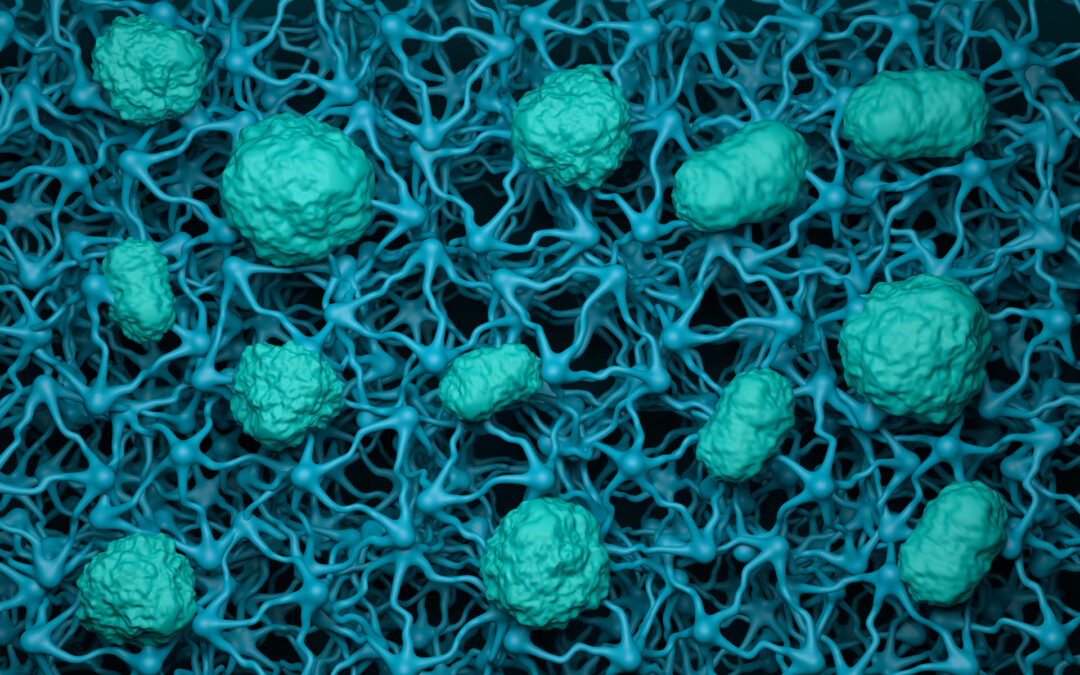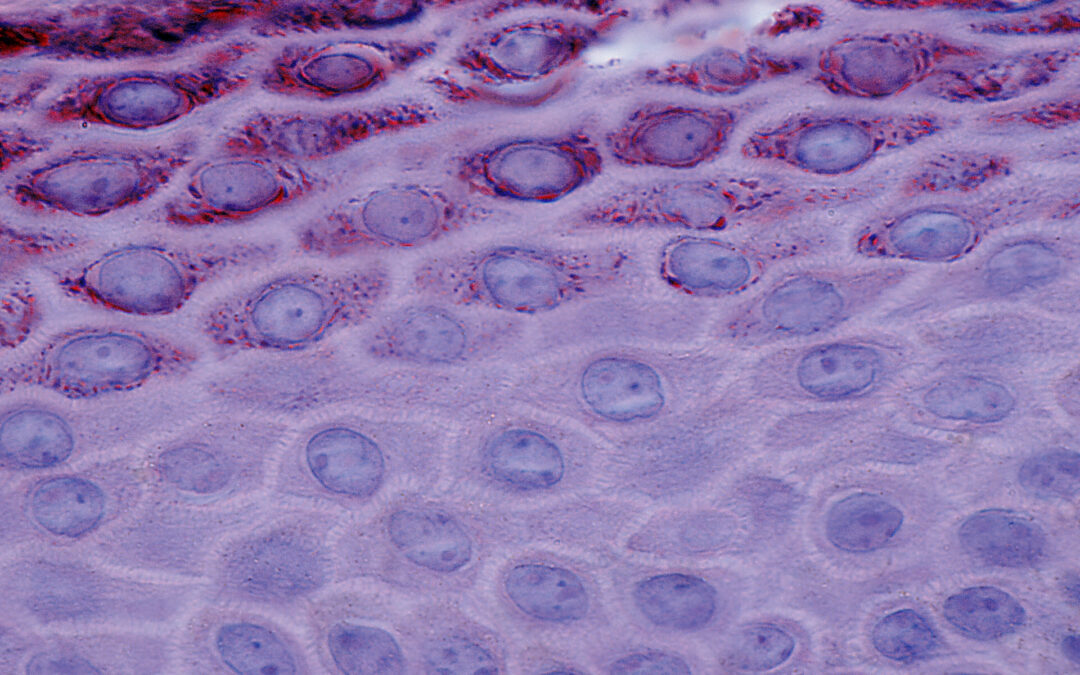
by Karen O'Hanlon Cohrt | Nov 6, 2025 | Cell Culture Techniques, Disease Models
How do Transwell assays help model biological barriers in the lab? What does TEER tell us about barrier integrity and tight-junction strength? How can these assays advance our understanding of drug transport and disease? Biological barriers are critical for...

by Karen O'Hanlon Cohrt | Oct 6, 2025 | Disease Models, Trends
In a previous article we introduced keratinocytes and looked at their biological functions and subtypes. Here, we explore some of the main reasons researchers study keratinocytes and the various approaches used. We focus on 2D assay formats, outlining their advantages...

by Karen O'Hanlon Cohrt | Jul 13, 2025 | Cell Culture Techniques, Disease Models
In our last article, we compared 2D organ-on-a-chip devices and 3D organoids with respect to their use in drug discovery, highlighting their importance in modeling diseases and evaluating efficacy and safety during drug discovery and development . We also presented...

by Karen O'Hanlon Cohrt | Jun 8, 2025 | Cell Culture Techniques, Trends
A critical prerequisite for any drug discovery program is the availability of robust ways to study the disease in question and evaluate how experimental treatments impact disease phenotypes. Disease models ranging from patient-derived cell lines to whole animal models...

by Karen O'Hanlon Cohrt | Apr 9, 2025 | Disease Models
In a previous Cell of The Month article, we explored the biology of the kidney. We highlighted the structure and function of the glomerulus podocytes and proximal tubules; these are specialized cell types found in the nephron, which is the kidney’s key structural and...






